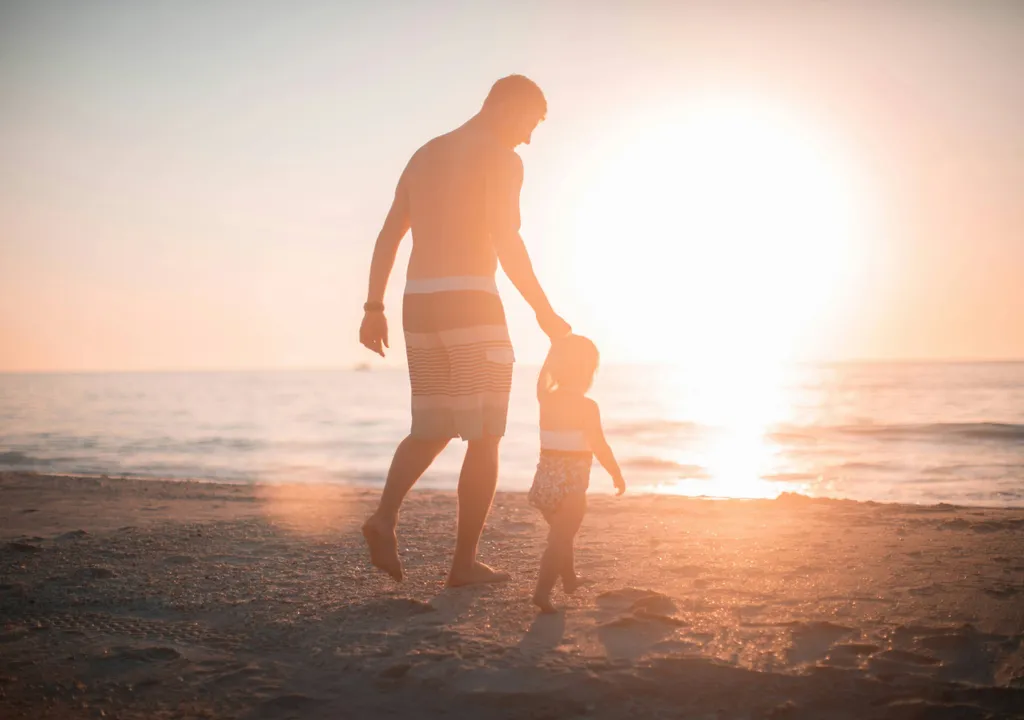Tiny sunglasses are back in style, but before jumping on the bandwagon, it’s worth asking yourself if these mini fashion accessories safe and effective and whether they offer sufficient protection.
While tiny sunglasses allow fashion-conscious people to make a bold statement, experts are concerned that such sunglasses can damage parts of the eyes harmful ultraviolet (UV) rays and therefore only offer limited protection. This raises concerns about the long-term consequences of prolonged UV exposure, including Vision problems and eye damage.
What is UV?
The sun’s ultraviolet radiation is divided into three types: UV-A, UV-B and UV-C. About 95% of the UV rays that reach the earth are UV-A rays, the remaining 5% are UV-B rays.
- UV-A rays have the lowest energy and are mainly used long-term skin damage like wrinkles associated; They are also thought to play a role in some skin cancers because they can cause indirect damage to DNA.
- UV-B rays are the most important rays Sunburns cause. They also directly damage the DNA of skin cells and are believed to be responsible for most skin cancers.
- UV-C rays have the most energy and are the most harmful, but they tend to with ozone react in our atmosphere, which means that they less of a risk factor for eye health and for skin damage.
Risk to eye health
Did you know that the Eyes 10 times more sensitive to UV radiation are than the skin? And according to that Eyecare Trust Children’s eyes are at greater risk of UV damage: larger pupils and clearer lenses mean 70% more UV light can reach a child’s retina.
Rosie Gavzey, independent optometrist and board member of the Eyecare Trust, says: “Sunglasses aren’t just for looking cool in the heat. They’re also for your eyes an important protection from the sun’s harmful UV rays. The sun’s UV radiation can cause a sunburn-like condition called photokeratitis, which usually only temporary but unpleasant is. Long-term exposure to the sun’s harmful invisible rays can accelerate the aging of the macula, the most sensitive part of the retina where light rays are focused, and in some cases can also promote the development of cataracts.”

Gavey adds: “So when buying sunglasses for your children, make sure the lenses are large enough to shield their eyes from both the front and the side. Preventative measures in the first few years of life will prepare their eyes for this later lives protect.”
Research has shown that smaller sunglasses provide the least sun protection. The smaller glasses have one smaller surface area to shield eyes, which means greater UV exposure for wearers. The smaller frames also allow peripheral light to enter the edges of the frame, compromising their ability to provide adequate protection against harmful UV rays increased light exposure can cause blinking, which in turn causes discomfort, eye strain and fatigue.
The perfect couple?
Experts say that while tiny sunglasses are “in vogue,” that sunglasses Safety standards and should provide adequate protection against the cumulative effects of UV radiation.
So what should you choose? Sunglasses should have one 100% UV or UV400 protection or block both UV-A and UV-B rays. The Eyecare Trust recommends looking for a CE mark or British standard BSEN 1836:2005.
News Reference
Backes, C., Religi, A., Moccozet, L. et al. (2019) Sun exposure to the eyes: predicted UV protection effectiveness of various sunglasses. Journal of Exposure Science & Environmental Epidemiology

